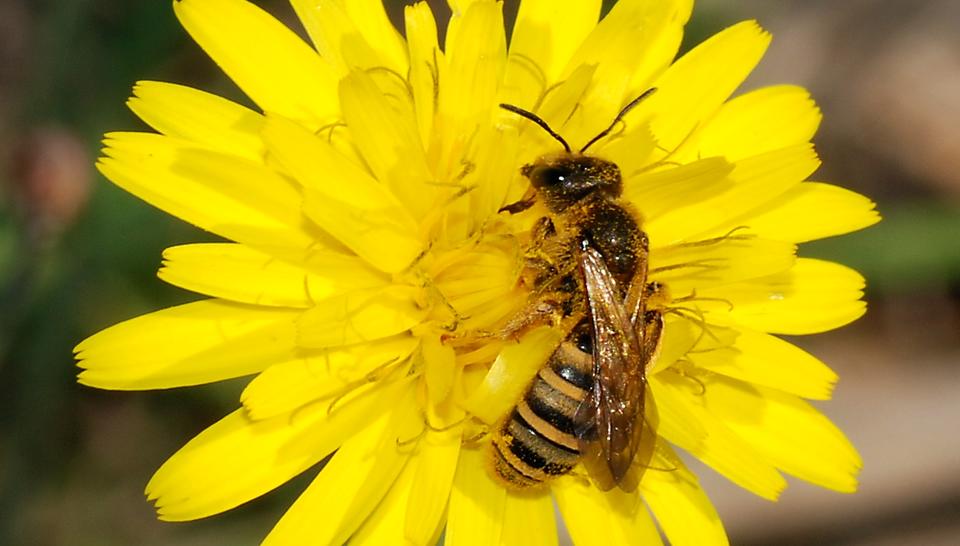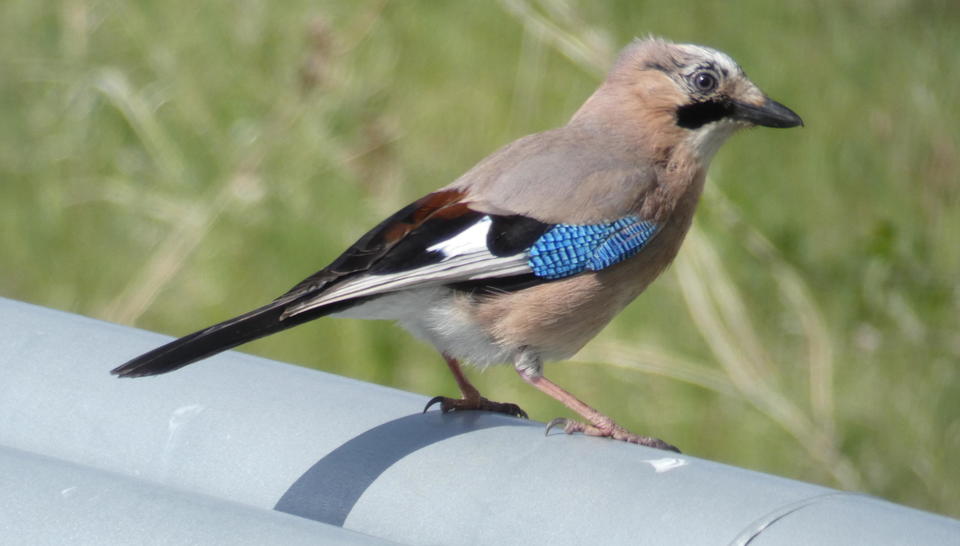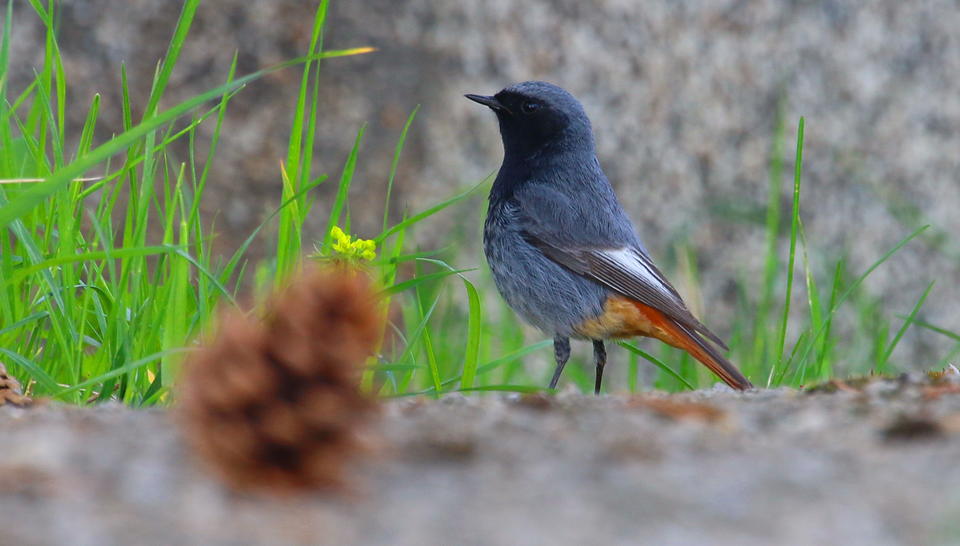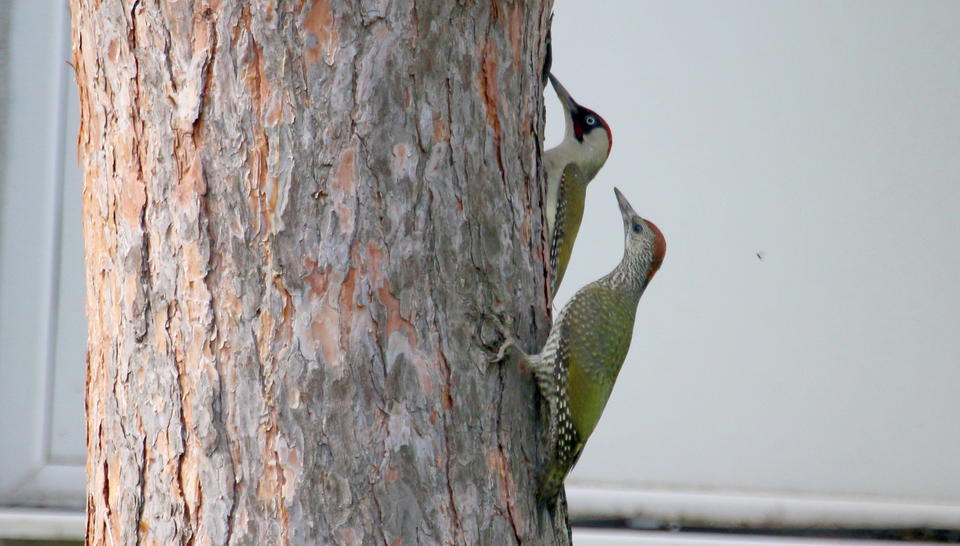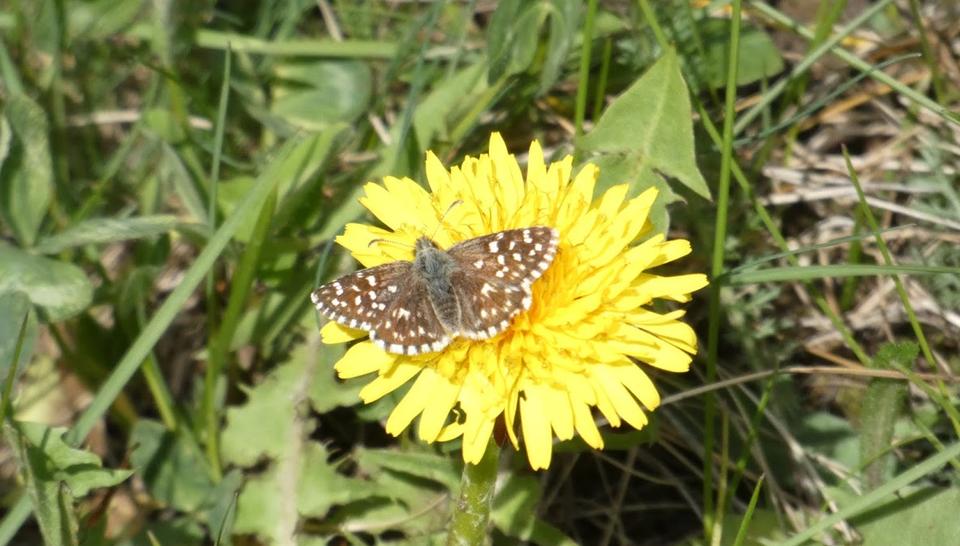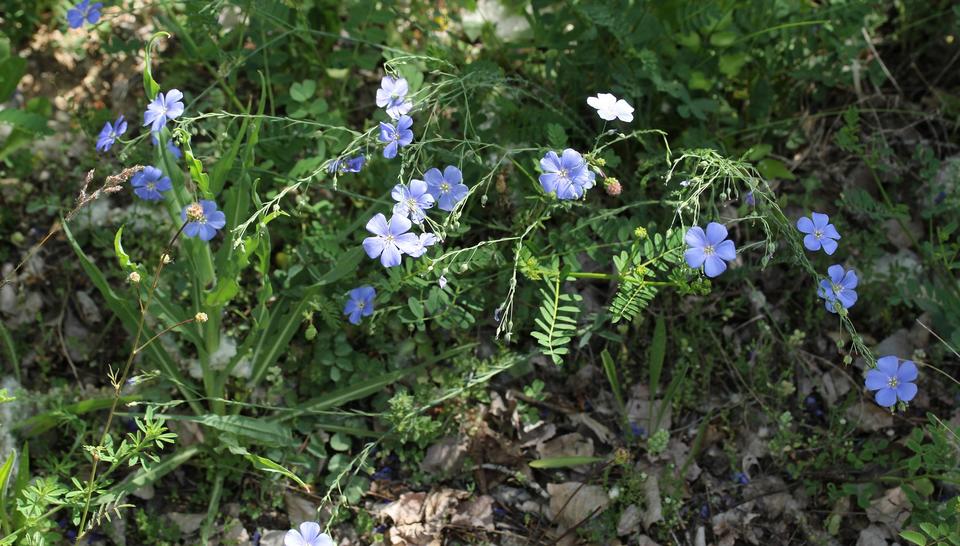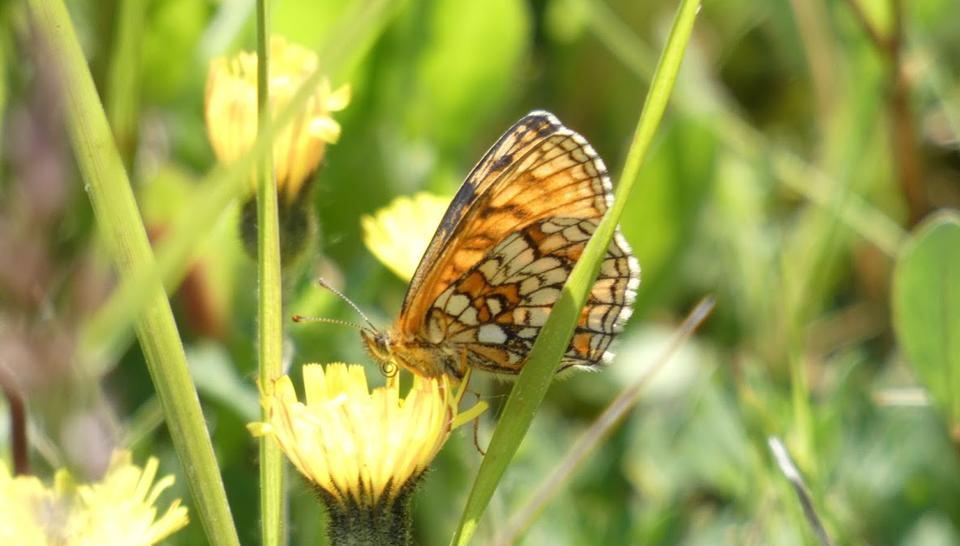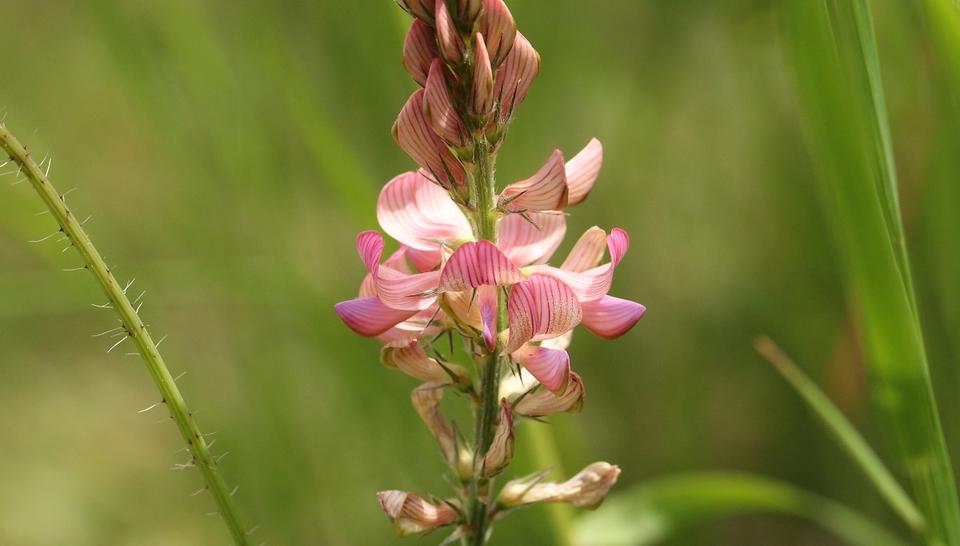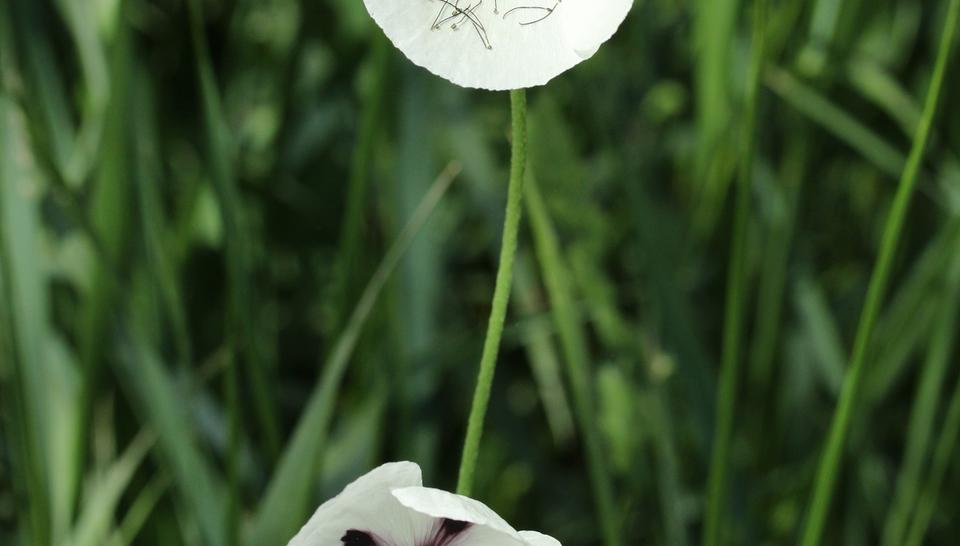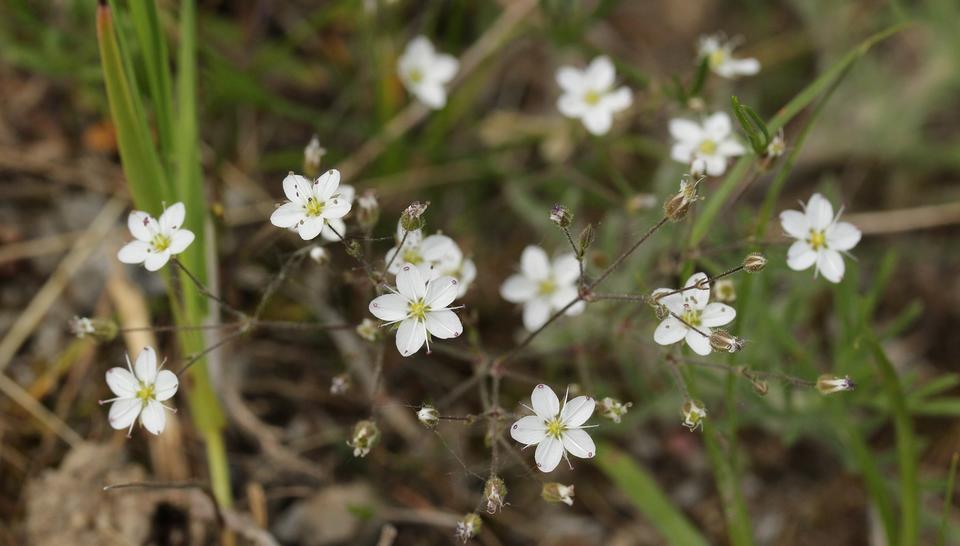The territory of the treatment plants of Sofiyska Voda, operated by Veolia, is inhabited by a number of interesting species – both plant, as well as animal. Teodora Petrova – Environmental Protection Services Manager will tell us exactly about the wildlife on the sites and the importance of the biodiversity issue on the occasion of the International Day for Bilogical Diversity 2020.
What animals and plants inhabit the potable water treatment plants in Bistritsa and Pancharevo?
We were happy to find an extremely rich wildlife across our sites. Let’s start with the animals. For example, we have several species of mammals in Bistritsa – mole, East European Hedgehog, hare and fox. In Pancharevo the fauna is even richer – alongside those species we found traces of a whole family of badgers. There are many types of bird species on the two plants – 35 on Bistritsa PWTP and 42 on Pancharevo PWTP.
Naturally, insect species are the most numerous – counting over 80. A great part of them are butterflies. Reptiles also have their representatives – three snake species characteristic of that territory. We should not forget about the flora on the treatment plants. Close to 60 species of coniferous and deciduous trees were identified, and over 150 species of grass plants. The good news is that no endangered plant species were discovered; nevertheless, the rare Orchid, woolly foxglove, Austrian Flax and common Sainfoin.
You mentioned several interesting plant species. What about the animals? What were you impressed by?
An interesting species is the European bee-eater, which is an extremely pretty bird. It has been observed passing over the territory of the plant, which it uses for hunting of insects. The grey-headed woodpecker has also been noted rarely for the period of the study. It is important to note that for the small territory the plants cover and their location, which is so close to the city, the biodiversity is definitely considerable.
How did you realize that study?
Thanks to our partnership with the Scientific Research Sector of Sofia University “St. Kliment Ohridski”. We managed with the experts to take the so called “snap shot” of the biodiversity at the treatment plants. Last year we successfully studied the two plants and this year Mala Tsurkva and Kubratovo WWTP are about to be surveyed. The survey confirmed the exceptional presence and diversity of a number of species.
How is such a "snapshot" of biodiversity taken?
The study encompassed different means of observation, which included direct observation and walks of the terrain, camera traps, collection of insects with the so called insect traps, through entomological bags or direct gathering. For moss - microscopic preparations were prepared. The "snapshot" was completed with the drawing of a report on the condition of the biodiversity on each of the plants.
Other than the biological classification of the species, a rich picture material, the reports also contain an analysis of the different types of threats to biodiversity, as well as recommendations and measures for its preservation and restoration on the territories of the two treatment plants. From now the recommended measures will be implemented.
What conclusions did you draw?
As I mentioned, the treatment plants may flaunt a great biodiversity considering its small territories. Moreover, comparing both plants it is visible that the biodiversity in Pancharevo PWTP is richer given the remoteness of the site and the smaller number of people on the plant. One of the conclusions we reached was that the restricted access regime contributes to the biodiversity and to the preservation of those species.
Thanks to the measures recommended by the team it could even be expected growth of the vegetation and the animals present. With their implementation we foster the awareness on the topic both as concerns the site employees, as well as for visitors. That is of critical importance for the preservation of the biodiversity at a local level and on a more general scale.
The theme of this year’s International day is “Our Solutions are in Nature”. Why is the enhancement of awareness about biological diversity matters extremely important for the protection of our natural resources?
"Our Solutions are in Nature" is an excellent theme and a very good reminder in the specific situation we are all in. It reminds us how dependent we are namely on the resources which we can find only in the nature and without which we are unable to live. Despite the technological progress, we need healthy and vital ecosystems. We are part of nature not outside it. The same is valid also for our activities which have a direct impact on it.
The theme is topical and it will always has relevance – we cannot live without air, water and sun. Therefore, I believe that the more we are aware of the biodiversity significance, the more committed we will be to contribute to the protection of natural resources. That is also the mission of Veolia. The major environmantal issues, such as protection of natural resources, the fight against climate change and biodiversity protection, are part of its business. One of Veolia’s nine commitments for sustainable development in support of the UN Sustainable Development Goals is namely the biodiversity protection.
In this respect, how does Veolia fulfil its commitment to biodiversity protection and in particular, for the initiatives at local level?
In order to limit the biodiversity loss worldwide, Veolia constantly endeavors to improve the environmental indicators related to its business, thus reducing its impact on the environment. Also, the company takes care of the environmental management of the sites where it operates by establishing favorable conditions for conservation of the native species and their habitats.
Namely by fulfilling this commitment, Veolia identifies part of them as sensitive in terms of biodiversity and initiated a survey and assessment with recommendations for its conservation on their territory like the survey we launched at our sites.
And does Sofiyska Voda manage to fulfill this commitment?
Sofiyska Voda works to protect environment every day. In 2008 the company was certified for the first time under the international standard ISO 14001. We are very happy that the conducted audit was successful and our environmental management system – upgraded, for which we were awarded the EMAS certificate in April 2019. With it Sofiyska Voda has become the first Bulgarian water operator certified under the European Eco-Management and Audit Scheme.
For this purpose, an audit was conducted in the company by an independent certification body, which meets the requirements of the Regulation (EU) No.1221/2009. EMAS is also recognition for the exemplary organization and work quality at the Bistritsa treatment plant. And in March 2020 we also received EMAS registration under its extended scope, which covers the entire process from the raw water abstraction through its treatment and supply to the customers.
Through this registration the company has confirmed once again the management and employees’ commitment to the efficient resource management and environmental results.
What is your message and appeal on the occasion of the Biological Diversity Day?
The survey and protection of biodiversity become more and more topical nowadays. The constantly increasing human influence is a reason for more and more species to be exposed at risk of extinction, and their habitats – at quick decrease. I believe that the efforts to mitigate these processes is a common responsibility.
Let’s not forget that "We have not inherited nature from our ancestors, but we have borrowed it from our children".



